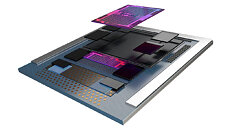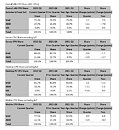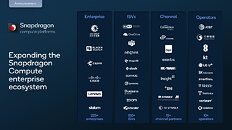IceWhale Launches ZimaBoard, a Low Cost Home Cloud Server
IceWhale Technologies has launched ZimaBoard, a low-cost single board server that functions as personal cloud storage and software router, and allows users to set up a VPN, stream 4K video, access media collections, and reinvent smart home projects on Amazon. Three models with tiered processing power are available in the brand's shop for US customers: ZimaBoard 216 (2 GB RAM, 16 GB eMMC storage, dual-core Intel Celeron processor) is $139.99 USD, ZimaBoard 432 (4 GB RAM, 32 GB eMMC storage, quad-core Intel Celeron processor) is $169.99 USD, and ZimaBoad 832 (8 GB RAM, 32 GB eMMC storage, quad-core Intel Celeron processor) is $229.99 USD.
"Following our Kickstarter campaign and fulfillment to backers in July, we're excited to announce our move to Amazon," said founder Lauren Pan. "Getting here was no small feat, especially after more than a year of chip shortages and unpredictable lockdowns, but here we are. ZimaBoard is one board to rule them all—one that puts individuals back in control."
"Following our Kickstarter campaign and fulfillment to backers in July, we're excited to announce our move to Amazon," said founder Lauren Pan. "Getting here was no small feat, especially after more than a year of chip shortages and unpredictable lockdowns, but here we are. ZimaBoard is one board to rule them all—one that puts individuals back in control."










































